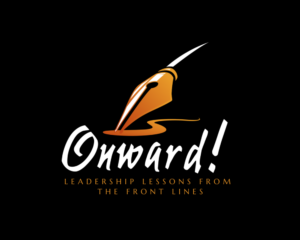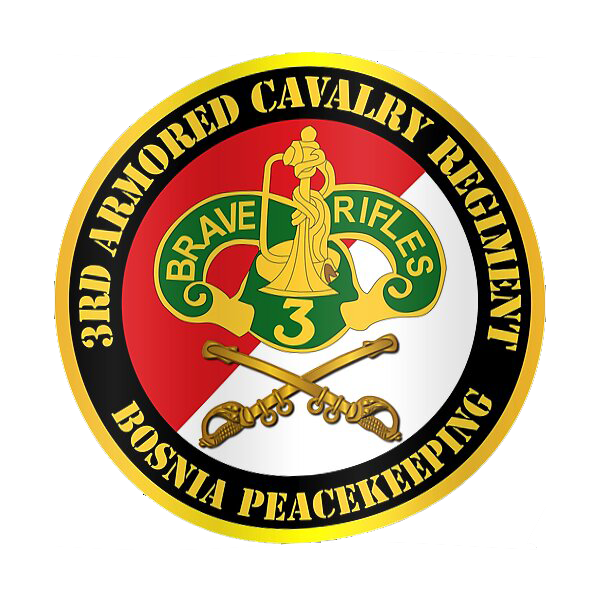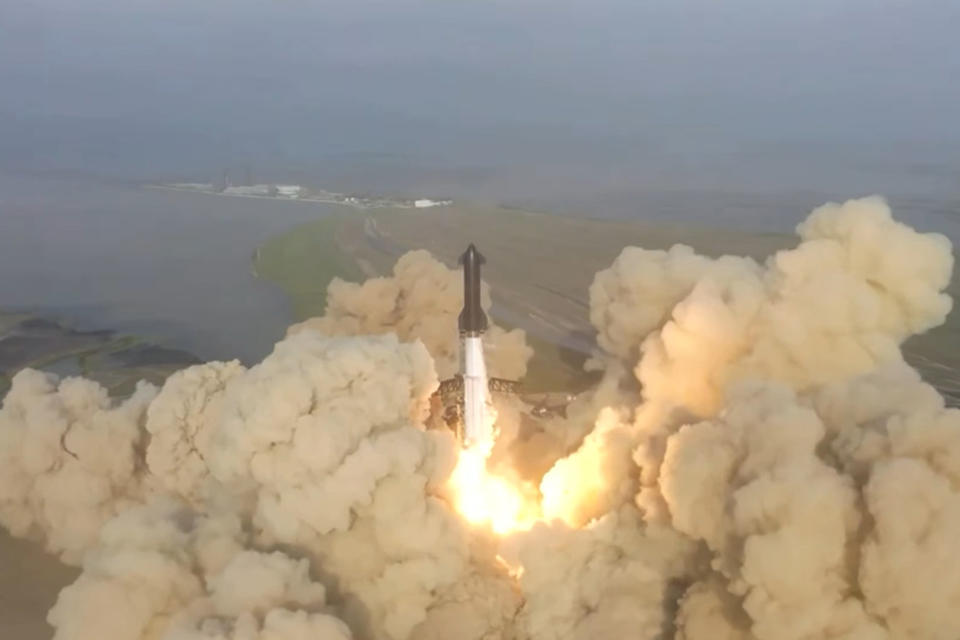Our company recently hit a key safety milestone. We’re far from perfect but we’re making progress. As our team discussed ways to celebrate, I was reminded of my time as a peacekeeper with the 3rd Armored Cavalry Regiment in 1999 and how hard we worked just to make sure nothing happened. My thoughts this week on peacekeeping and safety.
In July 1995, the Serbian Army, under command of Ratko Mladic, overran 370 United Nations peacekeepers from Belgium and seized the Bosnian Muslim town of Srebrenica, a designated UN “safe area.” Because it was deemed “safe” and protected by the UN, thousands of Bosnian Muslims had gathered there fleeing the advancing Serb army. With the peacekeepers disarmed and standing by helplessly, the Serb army systematically hunted down and slaughtered over 8,000 Muslim men and boys and forcibly removed 25,000 to 30,000 Bosnian Muslim women, children and elderly from the region. It was the worst mass-killing on European soil since World War II.
Five years after the atrocities, I found myself in Srebrenica as an intelligence officer with the 3rd Armored Cavalry Regiment, responsible for keeping the peace and assisting in the search for the massacre’s perpetrators. With the five year anniversary approaching, there was a growing effort to resettle the survivors. That push began with a planned memorial and remembrance of the massacre. 75 busloads of survivors would drive 70 miles across Serbian held territory and hold a peaceful demonstration and candle-light vigil on the town’s soccer fields. In tow would be several dozen international journalists. The problem was that the Serbs had settled into the region and had no intention of giving it back. In their mind, they had won territory fair and square. And the Serb army, while not willing to fight us directly, was behind the scenes urging disruption. Our unit’s job was to make sure nothing happened.
We planned for months. We conducted extensive intelligence operations, gathering information about the history, the people and the geography in the region. We planned the route, an alternate route and an emergency route. We had contingency plan after contingency plan. We looked for choke points, contentious towns and fretted for hours about how to protect the grieving families through Serbian controlled towns where people would undoubtedly be protesting. Our units trained extensively on crowd control and non-lethal engagement. We reviewed the Rules of Engagement endlessly with the teams and the lawyers. Finally the day came. All told, nearly two thousand soldiers including our helicopter squadron and two companies of Italian Carabinieri (who specialize in crowd control) spent 24 sleepless hours shepherding the survivors and the press along the route, through the day and back out.
And you know what happened? Nothing! The buses came, the protesters remained peaceful, the women and children held a vigil, made speeches and mourned the dead. They then returned to the Bosnian held territory. Not a single shot was fired. Crowds gathered, people yelled and a few rocks were thrown but at the end of the day, everyone went home safely.
When the last bus finally crossed the “zone of separation” back to the Bosnian Muslim side, the Squadron’s officers gathered in the command center, elated and exhausted. I quickly checked CNN and there was just a single paragraph and photo describing the day. Lieutenant Colonel May, our squadron commander, asked me what I thought. “Sir, I know that this is the mission, but I find it amazing how hard you have to work to make sure absolutely nothing happens.” He laughed, slapped my shoulder and said, “Thanks for nothing.”
The same is true for workplace safety.
We recently passed 100 days without a recordable injury. With over 900 of us (before the merger), that is approximately ¾ of a million work hours without an injury. It was not that we were without incident. We had a few vehicle accidents and two spreader trucks managed to catch fire, but in terms of making sure that everyone who arrived at work went home in the same condition they started — we made it. We are showing remarkable improvement!
I have a long list of statistics to tell you why it matters. Our insurance claims are down, our workers compensation claims are way down, and our profits are up. But at the end of the day, safety is not about numbers. It’s about people. It’s about us. Every one of us has people who love us and depend on us. We are sons, daughters, mothers, fathers, brothers, sisters, friends and colleagues. And for the last one hundred days, not one at our company has had to explain to a loved one that they got injured while trying to earn a living. None of our leaders has had to call someone else’s loved one to explain an injury or to direct them to the hospital.
The challenge with safety is, like peacekeeping, if done right, you are measuring the absence of something. You work your tail off to make sure nothing happens. You celebrate nothingness. We don’t know who the people are who would have been injured had we not been focused on it. We don’t know the extent of the injuries, the pain avoided, the worried spouses, parents, kids or co-workers. But we know with near statistical certainty that without everyone’s efforts, one or more of us would have been injured.
My personal thanks go out to our safety team. They have worked incredibly hard to get the program started and bring safety to the forefront. They rightfully deserve a lot of praise. But safety is a leadership issue. When it goes wrong, I look to leadership for responsibility. And when it is going right, I know we’ve got leaders doing the right thing and taking care of those they lead. That is what is most exciting for me. I can look at 100 days and know our leaders are getting better.
100 days is a random number. Time will tell if we are lucky or good. Luck is when preparation meets opportunity. We’ve been preparing to be better, to reduce the odds of injury. Much of our work is physical. We have over 900 people on the road, in plants, operating heavy equipment and spending a lot of time in farmers’ fields. We handle potentially hazardous chemicals and a lot of flammable things. Avoiding injury for over three straight months doesn’t happen without a collective effort by everyone.
So thanks for nothing. Thank you to everyone for thinking ahead and avoiding the risk. Thanks for eliminating hazards. Thanks for wearing your seatbelt so the accidents broke fenders and not bones. Thanks for wearing gloves so the slipped knives nicked leather and not skin. Thanks for being mindful of electric and chemical hazards to avoid fires and burns. Thanks for wearing eye protection so splashes didn’t mean trips to eye doctors. Thanks for working hard, buying in, adapting to change, all so we can make sure nothing happens. Because for our families, when it comes to safety, nothing is the greatest gift we can give them.
Onward!
Jeff





